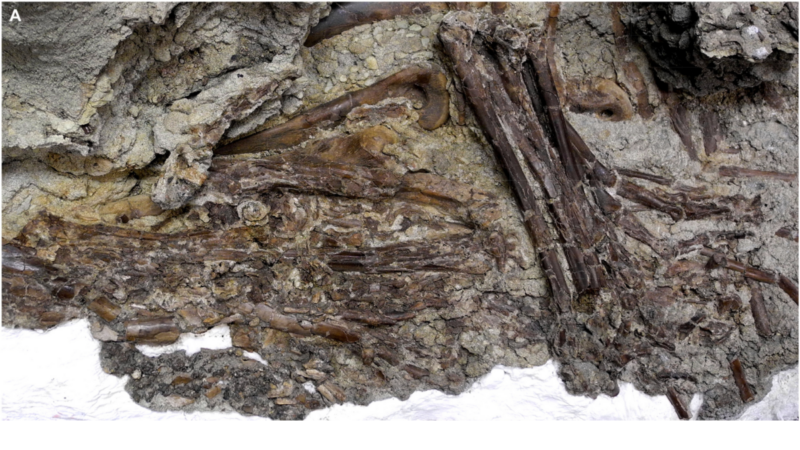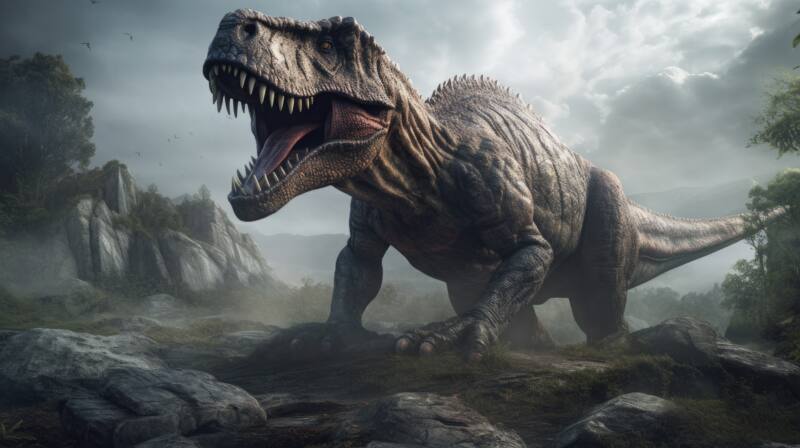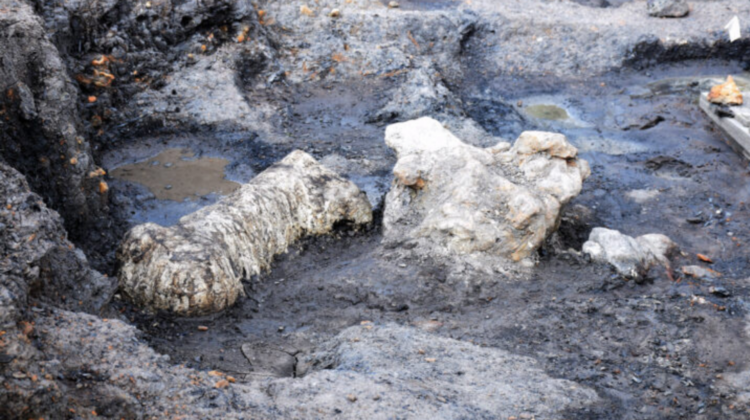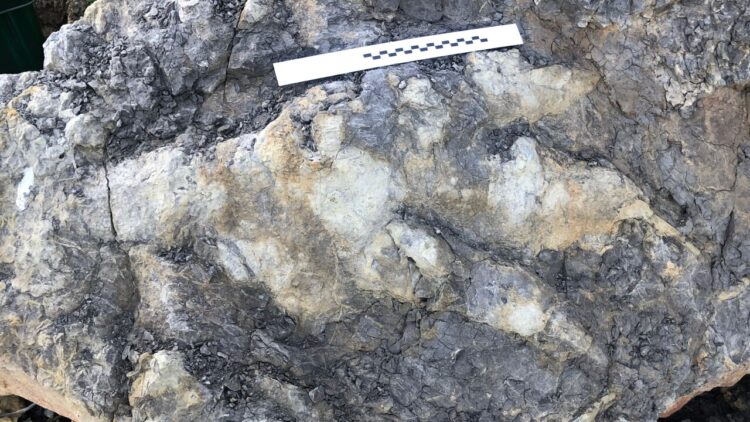New Research Has Us Re-Evaluating Everything We Thought We Knew About Dinosaurs
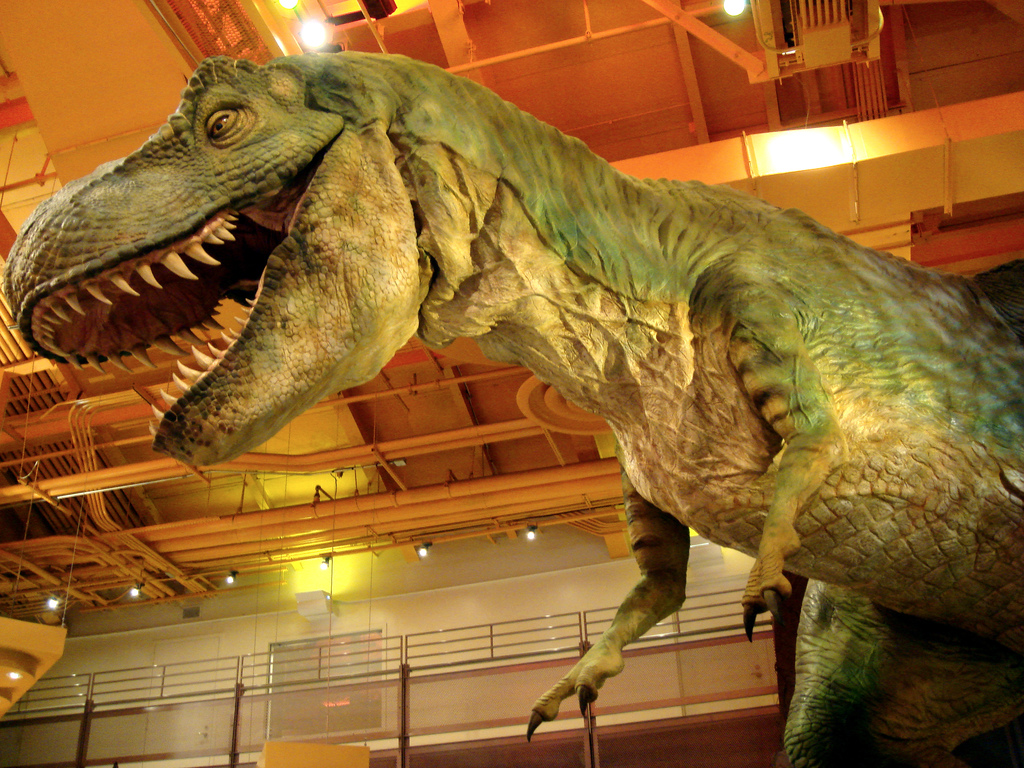
Imagine the legendary T-Rex chasing down its terrified prey, stopping to look up and letting out an immense, ferocious… coo? According to the latest scientific research, that is more likely to have been the sound you would have heard than the terrifying roar that we all would expect from these ancient beasts.
We, of course, associate dinosaur sounds with something comparable to the ferocious roar of a lion or bear. This connection is reinforced by the savage sounds heard in all the greatest dinosaur movies—and by the size of those teeth and claws we’ve all seen at the museum.
In actuality, according to scientists, dinosaurs are more closely related to crocodiles and birds. So, were you to hear a dinosaur in person these days, you’d be hearing something closer to a hiss, squeak, bark or coo—sounds which may scare or surprise you, but are unlikely to have you trembling with the same intimidation and fear.
The oldest known voice box has just been found, and it suggests that dinosaurs didn't sing or roar. https://t.co/bJda6eSn8c pic.twitter.com/NXoGl0ZDRP
— Science Channel (@ScienceChannel) October 14, 2016
This change in perspective comes from new research by Julia Clarke, paleontologist at the University of Texas at Austin Jackson School of Geosciences. Scientists studied the oldest-known fossilized voice box, called a syrinx, which first appeared in birds that are descendants of the dinosaurs (meaning their dinosaur predecessors never developed these voice boxes themselves). This led them to deduce that dinosaurs likely produced a variety of low-frequency closed-mouth sounds.
Clarke definitively stated her findings to NPR. “Roaring is biologically implausible for dinosaurs,” she says.
And just like that, every dinosaur nightmare you have ever had was just deemed inaccurate. What’s next? Will we learn all dinosaurs had feathers? Or will they be proven to have been multi-colored?
Only time (and research) will tell, but we can all look forward to continuing to learn more about these fascinating creatures.
Photo by InfoMofo



